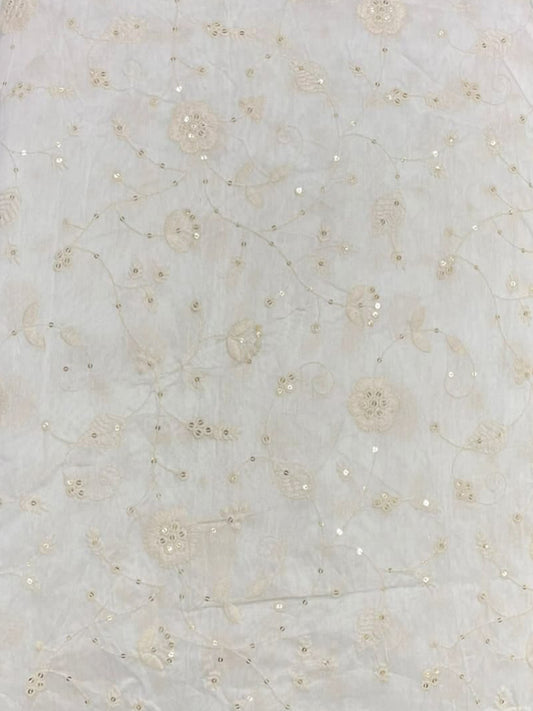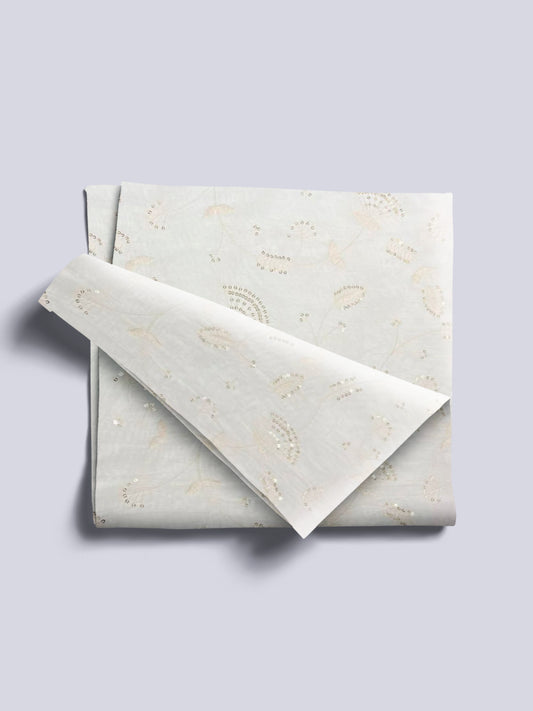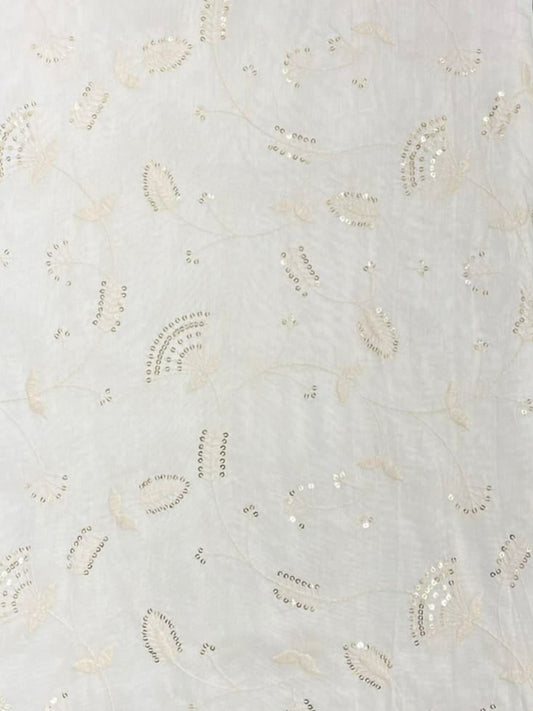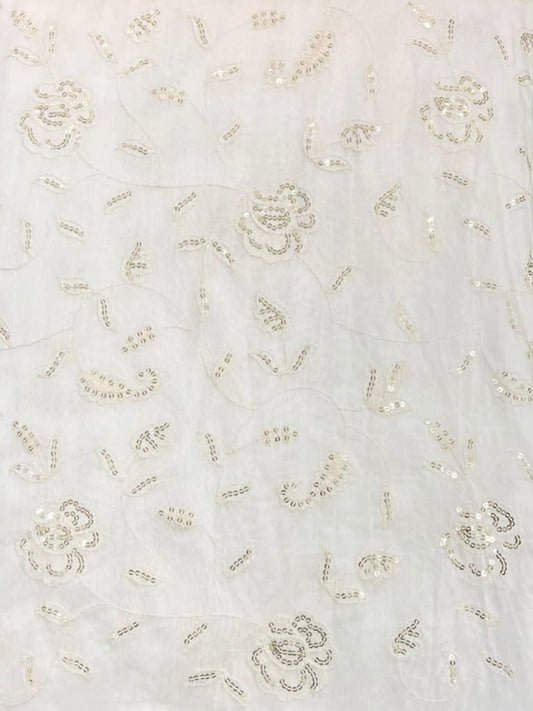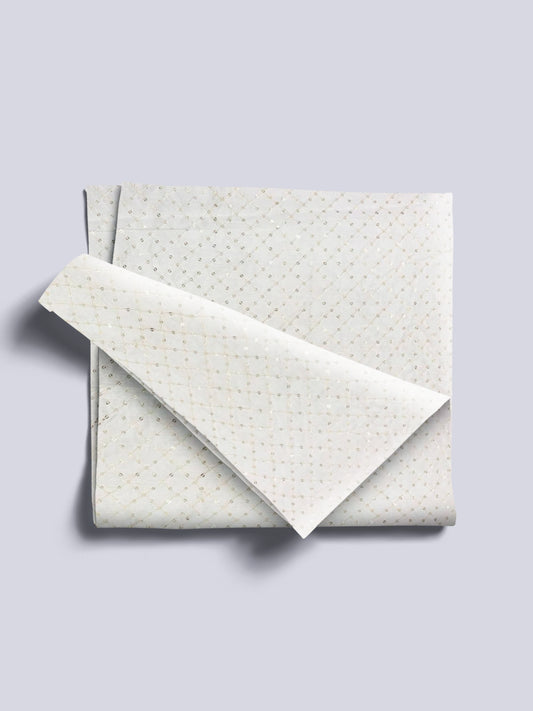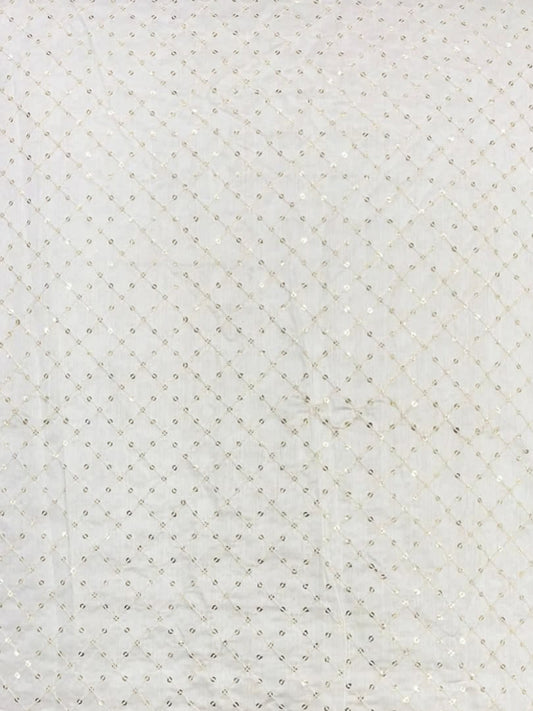The Enigma of Sizing Standards
Have you ever tried on a vintage dress from the 1950s and been perplexed by the fact that the labeled size 8 fits more like a modern size 0?
The discrepancy in clothing sizes between different eras has long puzzled fashion enthusiasts. In this exploration, we'll delve into the intriguing evolution of sizing standards, unraveling the mysteries behind why a size 8 in 1950 is significantly smaller than its contemporary counterpart.
I. Shifting Societal Norms and Body Ideals

In the 1950s, the hourglass figure epitomized feminine beauty, with small waists and full busts celebrated as the ideal silhouette. Consequently, clothing sizes were designed to accommodate this prevalent body shape, resulting in smaller waist measurements and more fitted garments. However, as societal norms evolved over time, so did body ideals. The rise of fitness culture in the latter half of the 20th century contributed to a shift towards a leaner, more athletic physique, influencing the way clothing sizes were standardized.
II. Vanity Sizing: From Flattery to Frustration

One of the most significant factors contributing to the size disparity between the past and present is the phenomenon known as vanity sizing. In an effort to boost consumer confidence and encourage sales, many clothing brands have adopted the practice of labeling larger garments with smaller sizes. This deceptive tactic, though intended to flatter customers, has led to confusion and frustration, further complicating the comparison of sizing across different decades.
III. Changes in Manufacturing Techniques

Advancements in manufacturing technology have also played a pivotal role in the evolution of clothing sizes. In the mid-20th century, garments were often meticulously tailored and constructed with high-quality materials, resulting in more precise sizing. However, the advent of mass production and the globalization of the fashion industry have led to standardization and cost-cutting measures that may compromise the accuracy of sizing charts.
IV. Cultural Influences and Globalization

The globalization of fashion has brought about a convergence of cultural influences, influencing sizing standards on a global scale. As fashion trends transcend borders, clothing sizes have become more standardized to accommodate diverse markets. However, cultural preferences and body ideals still vary significantly across regions, contributing to discrepancies in sizing perceptions and practices.
V. The Psychological and Physical Implications

The size discrepancies between past and present clothing sizes can have both psychological and physical implications for consumers. Ill-fitting garments may negatively impact body image and self-esteem, perpetuating unrealistic beauty standards. Moreover, the normalization of vanity sizing may distort individuals' perceptions of their bodies, leading to confusion and dissatisfaction with their appearance.
Conclusion: A Deeper Understanding of Transformation
In unravelling the mystery behind the evolution of clothing sizes, we gain a deeper understanding of the intricate interplay between societal norms, cultural influences, and technological advancements in the fashion industry.
While the discrepancy between a size 8 in 1950 and today's size 8 may seem perplexing at first glance, it serves as a testament to the dynamic nature of fashion and the ever-changing standards of beauty.
By acknowledging the complexities of sizing standards, we can navigate the world of fashion with greater insight and appreciation for its fascinating transformation over time.

